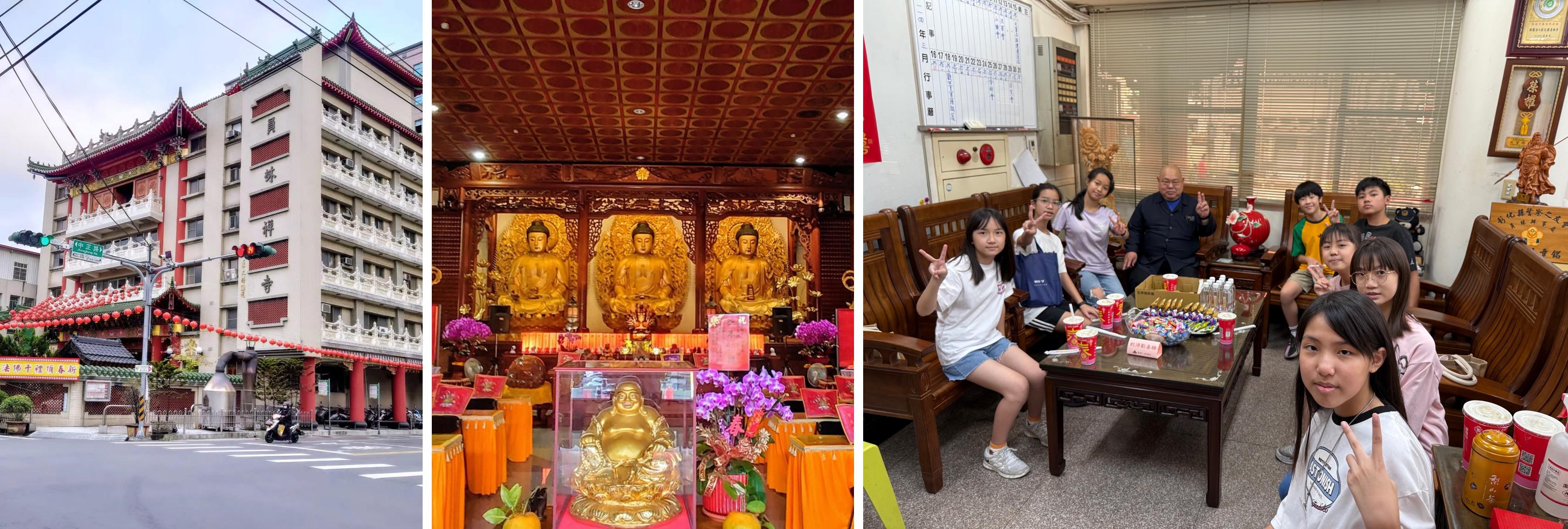Xingxian Academy is oriented north-to-south and designed in a traditional two-section Sanheyuan (three-sided courtyard) layout, with symmetrical structures aligned along a central axis. The complex includes a front hall, rear hall, and side wings, embodying the formality and dignity of classical Chinese academies. The roof ridges are adorned with swallowtail curves and colorful ceramic mosaic dragons and phoenixes, highlighting a strong Minnan (Southern Fujian) architectural influence.
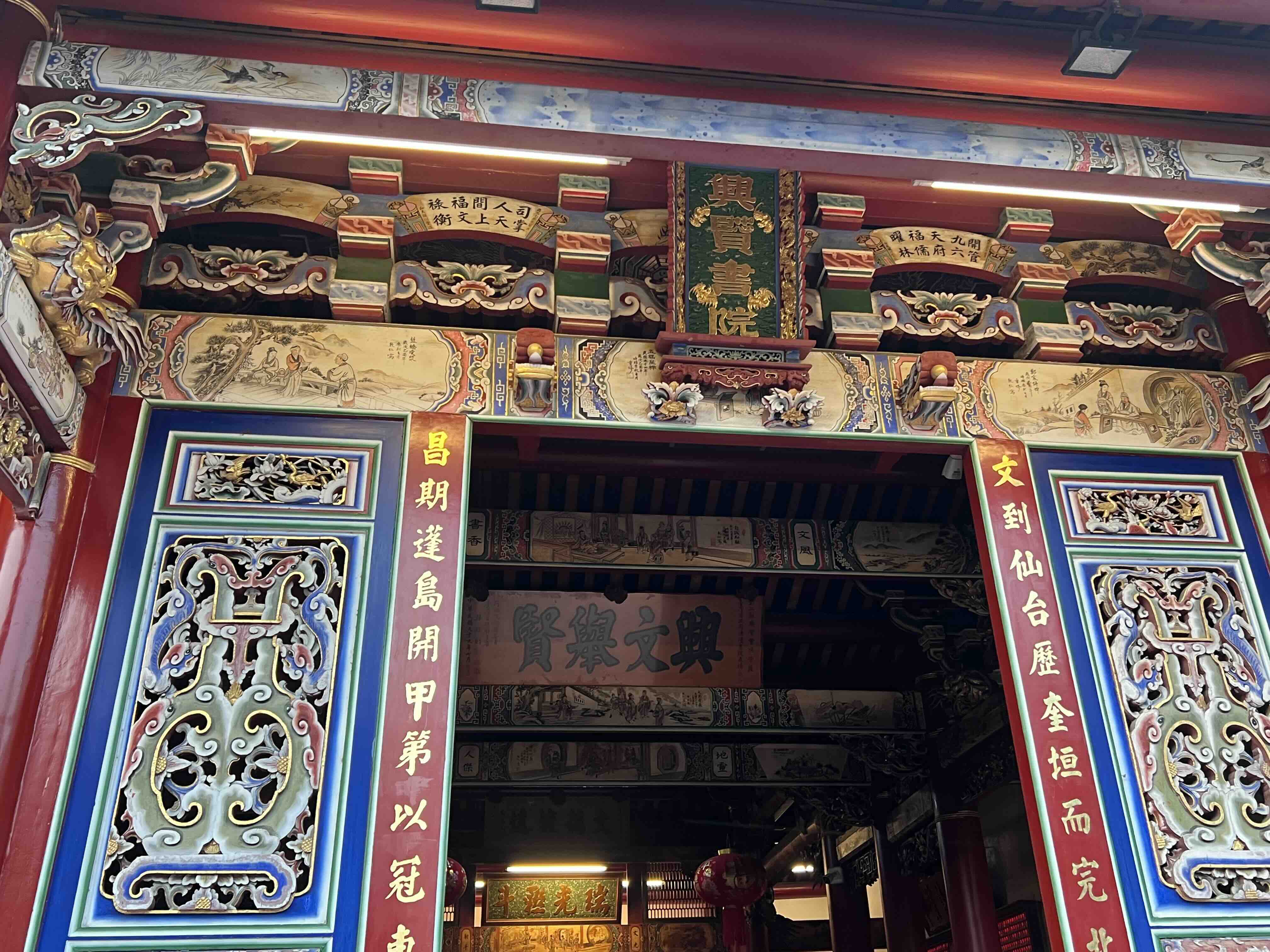 Calligraphic Plaques And Couplets
Calligraphic Plaques And Couplets
At the entrance of the main hall lies a stone terrace and dragon-carved staircase, symbolizing reverence for scholarship. Inside, the beams and pillars feature carved and gilded ao fish and bracket supports, combining structural utility with artistic beauty. The walls are decorated with murals depicting Confucian virtues such as propriety, loyalty, filial piety, and righteousness, emphasizing moral education.
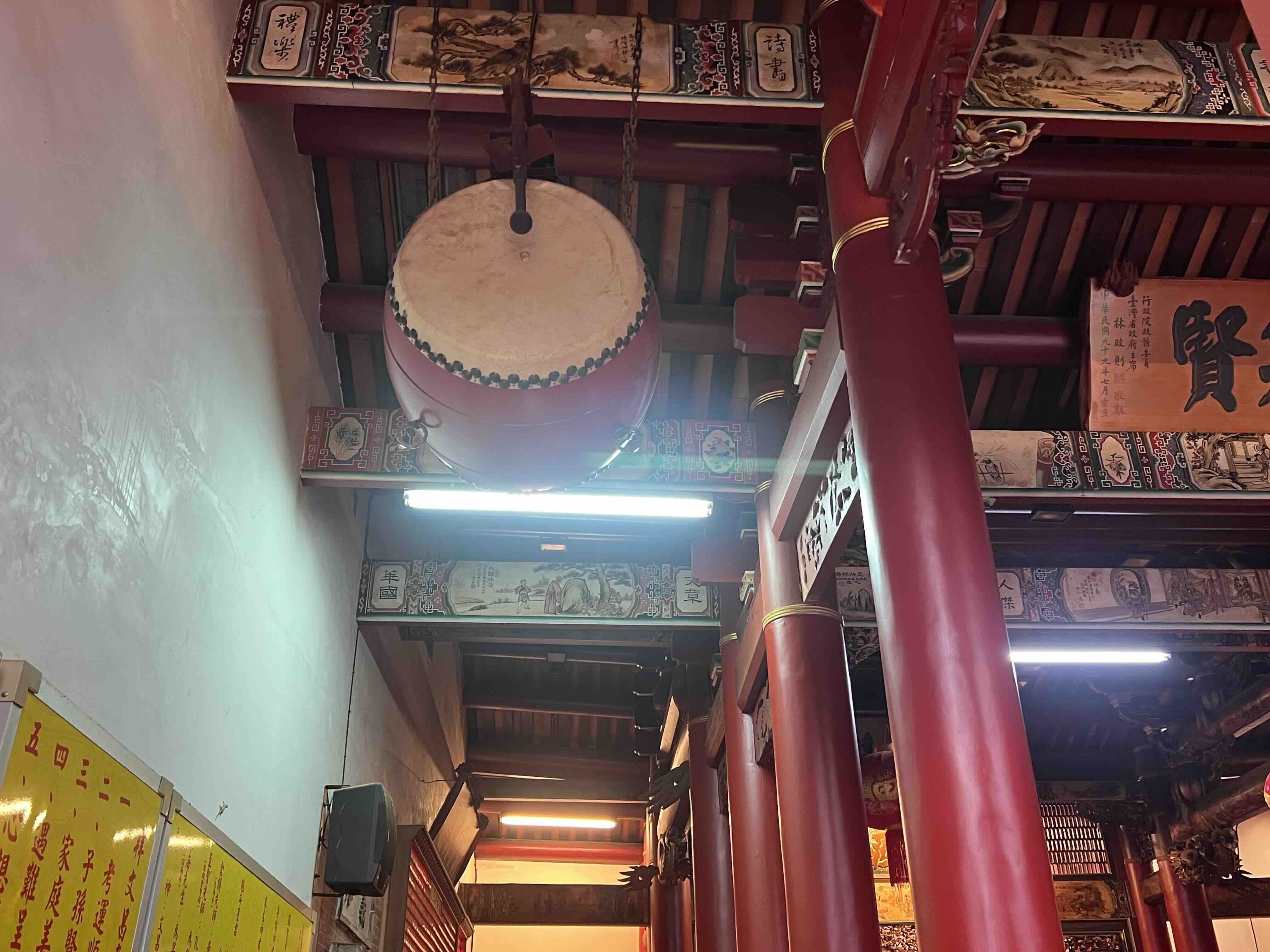 Architectural Style
Architectural Style
The academy also preserves valuable cultural relics, including calligraphic plaques and couplets. Among the most notable is a couplet written by the renowned calligrapher Yu You-ren, expressing deep literary spirit. Surviving elements like the Jingsheng Pavilion (Word-Burning Pavilion) and granite dragon staircase, which endured the 1999 earthquake, are still preserved on-site and stand as living witnesses to the academy’s history.
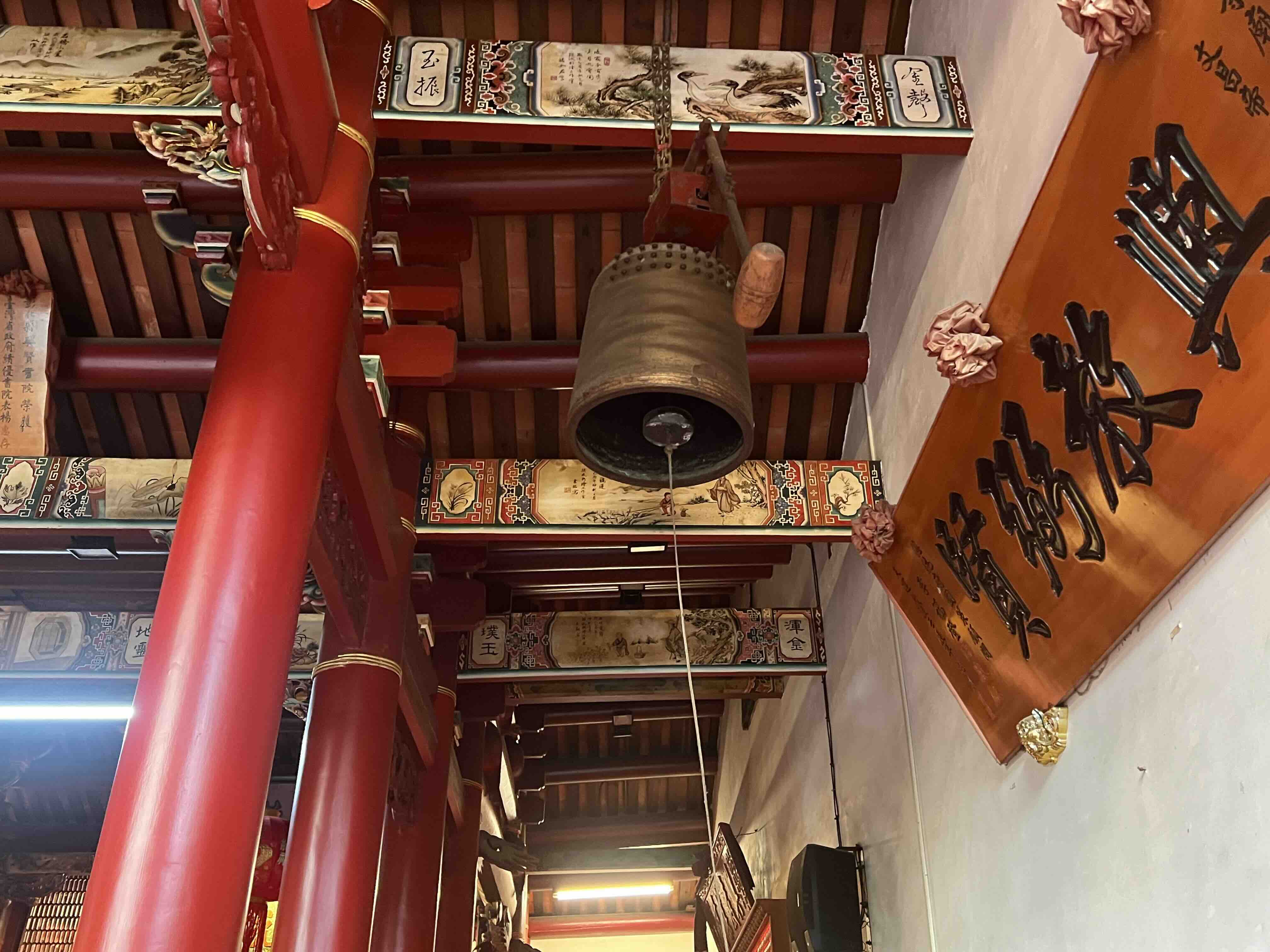 Architectural Style
Architectural Style
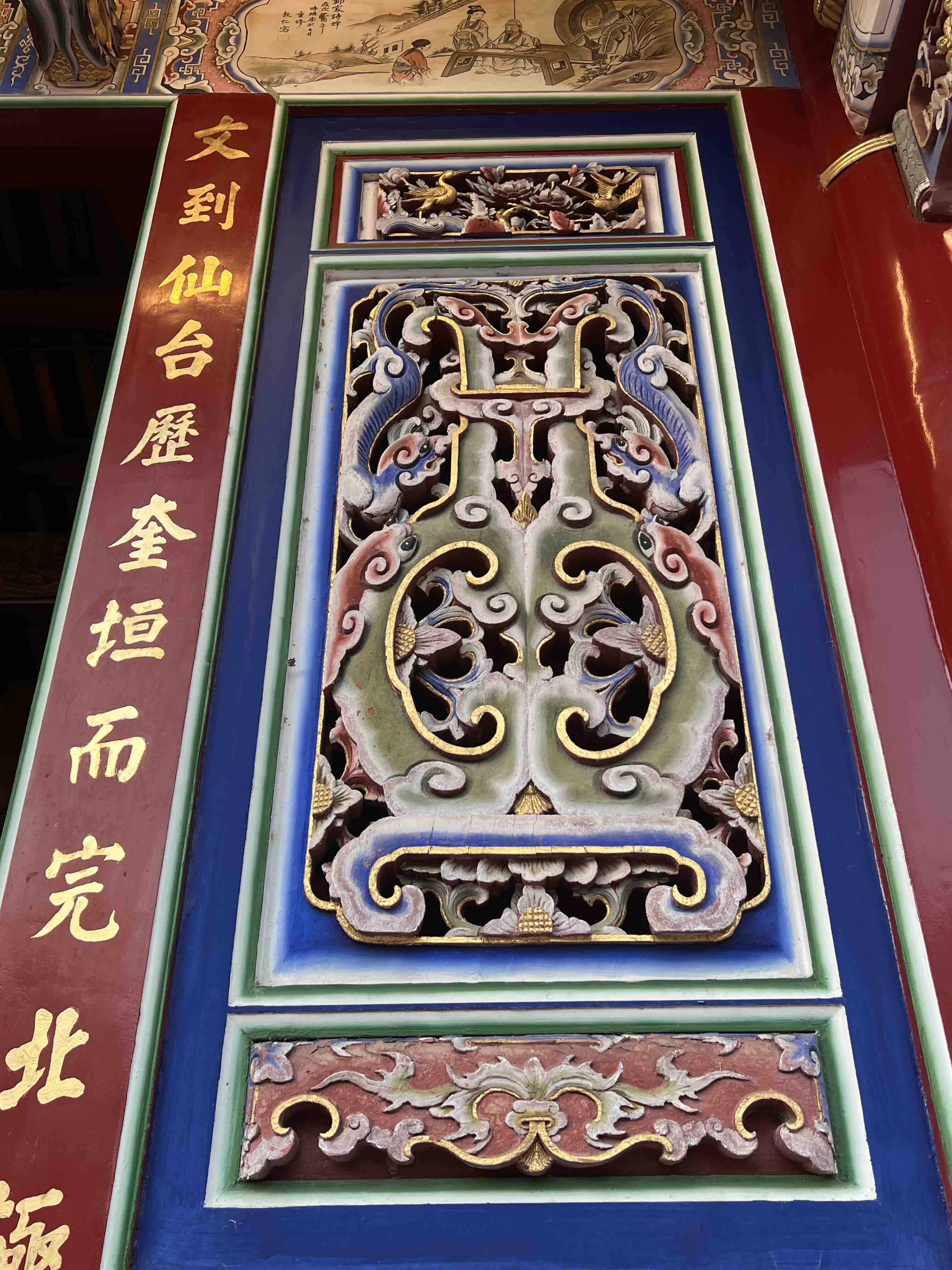 Calligraphic Plaques And Couplets
Calligraphic Plaques And Couplets
 Calligraphic Plaques And Couplets
Calligraphic Plaques And Couplets
At the entrance of the main hall lies a stone terrace and dragon-carved staircase, symbolizing reverence for scholarship. Inside, the beams and pillars feature carved and gilded ao fish and bracket supports, combining structural utility with artistic beauty. The walls are decorated with murals depicting Confucian virtues such as propriety, loyalty, filial piety, and righteousness, emphasizing moral education.
 Architectural Style
Architectural Style
The academy also preserves valuable cultural relics, including calligraphic plaques and couplets. Among the most notable is a couplet written by the renowned calligrapher Yu You-ren, expressing deep literary spirit. Surviving elements like the Jingsheng Pavilion (Word-Burning Pavilion) and granite dragon staircase, which endured the 1999 earthquake, are still preserved on-site and stand as living witnesses to the academy’s history.
 Architectural Style
Architectural Style
 Calligraphic Plaques And Couplets
Calligraphic Plaques And Couplets





